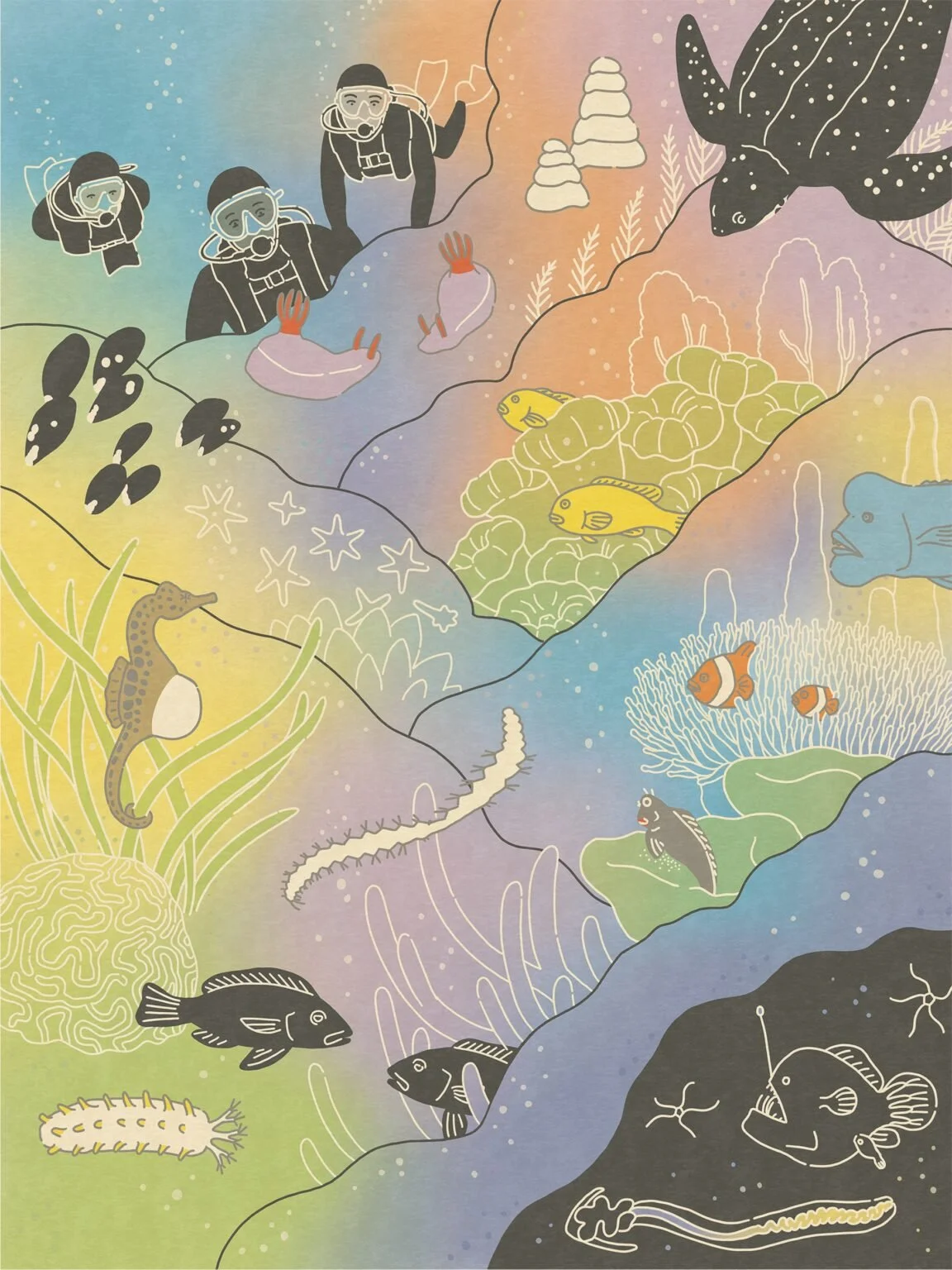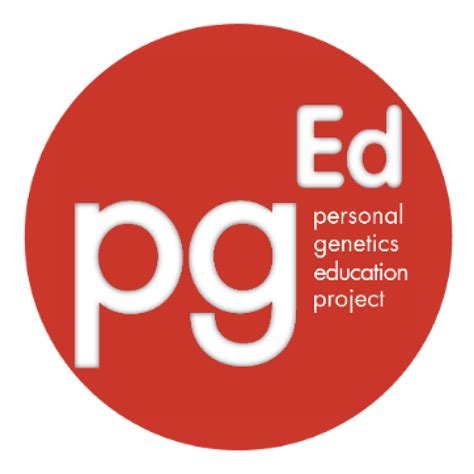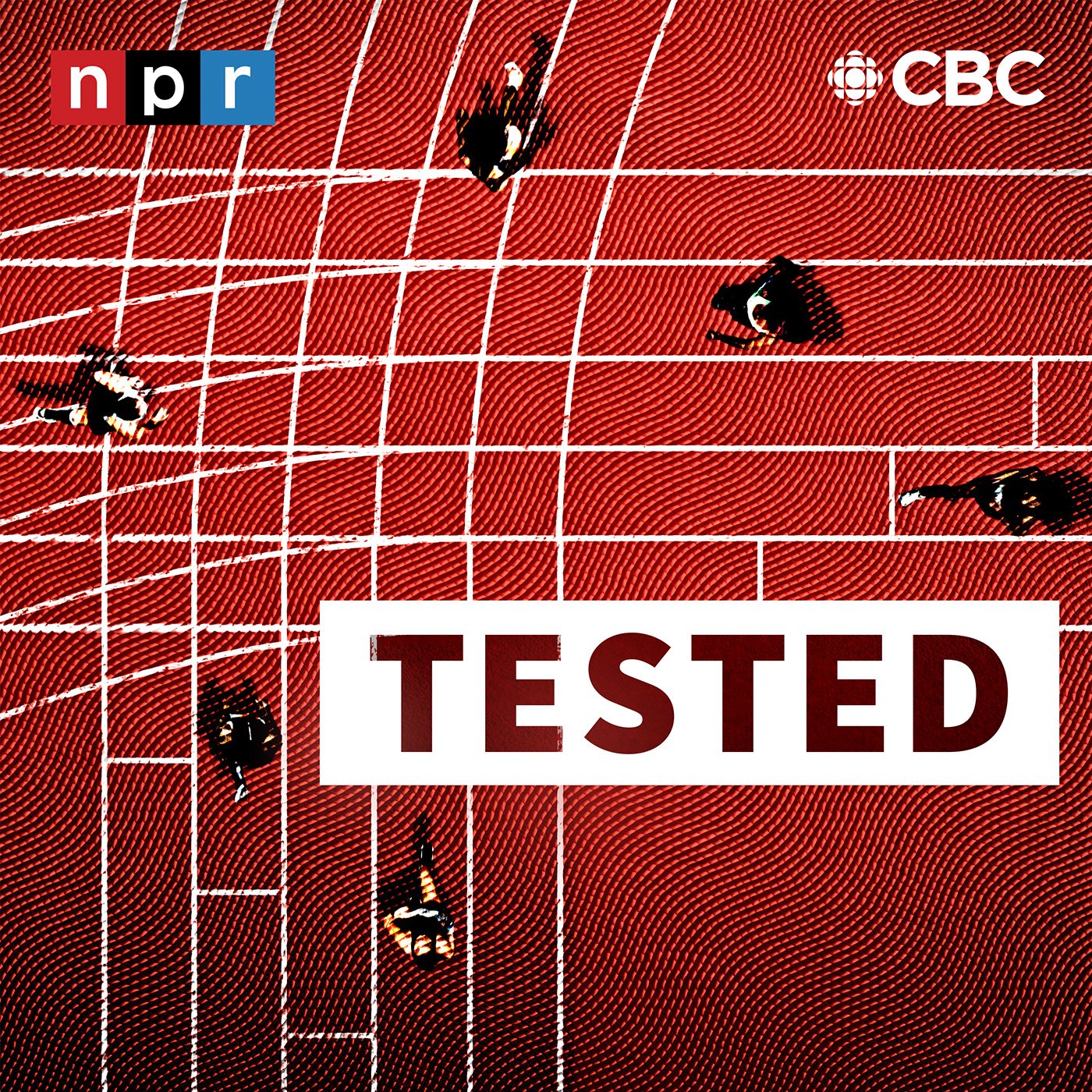Radiolab Presents: Gonads is a multi-episode journey deep into the parts of us that let us make more of us. Longtime staff producer and host Molly Webster explores the primordial roots of our drive to reproduce, introduces a revolutionary fertility procedure that sounds like science fiction, reveals a profound secret about gender that lives inside all of us, and calls on writers, educators, musicians, artists and comedians to debate how we’re supposed to talk to kids about sex.
Trioecy in Pink Sea Urchins
Not all animal species operate on a system of only males and females! Trioecy, when hermaphrodites coexist with females and males in a population, is an understudied reproductive strategy being brought into the spotlight with pink sea urchins in the Mexican Pacific. Valentina Islas-Villanueva and Francisco Benítez-Villalobos brought their research to our attention because they found that trioecy is maintained as a time-stable mating system, not as a one-time coincidence or a disorder. Their work adds to a growing body of evidence about the naturally occurring diversity of sex in living things.
Inclusive Biology Evolves With Students - Article in Science For The People
River Suh wrote this article in Science for the People Volume 26, no. 1, Gender: Beyond Binaries in 2003.
Queerness, science, and the Mistaken Point fossils of Newfoundland
Rhea Rollman highlights a new collaboration of art and queer ecology in Newfoundland Canada, as described in this article for The Independent.
The Evolution and Biology of Sex by Cotner & Wassenberg
"The Evolution and Biology of Sex" by Sehoya Cotner and Deena Wassenberg is the book accompanying their course at the University of Minnesota. The book is accessible from the UMN Libraries library.
For K-12 education, we recommend Chapter 8.4 "Sex: It's About the Gametes". This short article explains how sex is defined by gamete size, why this is useful, and what vocabulary can be used to clearly discuss biological sex.
We have yet to find any modern high school biology textbook that discusses this essential definition--most texts define sex only by human-specific traits or organs, leaving students lacking the broadly applicable tools to make sense of the diversity of the living world.
The entire book is gender-inclusive, sex-positive, and is written for an audience of introductory college biology for non-majors. Thus, it may also be appropriate for high school students.
Brujula Intersexual - Spanish Langauge Resource
Brújula Intersexual is a Mexican organization providing resources and support for the intersex communities in Mexico, Latin America, and Spain.
Nature is Gay Podcast by Camryn Martin
Nature is Gay is a weekly podcast all about the queer world around us and just how gosh darn normal it is. Every Monday we explore gender and sexuality in animals, plants, fungi, and everything in between!
Gender-Affirming Care Courses for Clinicians and the Community from Trans Care BC
Trans Care BC, a provincial health services authority, offers free courses for health professionals and the community. Course topics include sexual health care, perioperative care, gender-affirming conversations, infant feeding, fertility, and relational practice.
Pedigree Webinar from PGED
In this webinar video, an expert panel discusses how to represent wide-ranging family structures and personal identities using the latest pedigree nomenclature
Personal Genetics Education & Dialogue (PGED) raises awareness about genetics and discuss how genetic technologies impact people’s lives now and in the future.
TESTED Podcast
TESTED: A Surprising History of Women's Sports is a series produced by CBC, NPR's Embedded, and Bucket of Eels. The series is hosted by Rose Eveleth (they/them).
Through history and the ongoing cases of current athletes, TESTED explores the surprising story of who gets to compete in the women's category of sports.
The TESTED website contains episode transcripts and links for further reading
Queerly Natural: A Queer Ecology Podcast
Queerly Natural is a science-based podcast about the diversity of sexuality, sex, and gender in the natural world. Join three queer biologists as they chat about the huge array of LGBTQIA+ diversity among animals, plants, fungi, and more.
Episodes are released the first Wednesday of every month. The website contains episode transcripts and timestamps for topics.
Creating Cell Biology Courses That Are Inclusive for People Who Are Intersex and/or Have Queer Genders
In this blog post, biology education researchers Sarah L. Eddy and Aramati Casper describe how to support intersex and queer students through language choices and biologically accurate content.
Sex and gender are binaries? Sorry, that's a scientific falsehood
In this SF Chronicle piece, Ash Zemenick discusses evidence for biological sex as a continuum rather than a binary. They argue that humans whose chromosomes, gametes, or hormones do not fit into a binary are common and that it is more useful to view them as a form of diversity rather than as an exception to a rule.
Generating a framework for gender and sexual diversity-inclusive STEM education
Generating a framework for gender and sexual diversity-inclusive STEM education
Authors: Gary William Wright, Cesar Delgado
Published in: Science Education (Feb 5, 2023) at https://doi.org/10.1002/sce.21786
Abstract
Students who identify as LGBTQ continue to report feelings of being unsafe at school because of their sexual orientation, gender identity, and gender expression. Access to a gender and sexual diversity (GSD)-inclusive curriculum and supportive teachers may positively improve the school climate for LGBTQ students, but these supports are often not included in STEM classrooms. One response is to ensure that STEM teachers are prepared to integrate GSD-inclusive STEM teaching into their classrooms. This review systematically analyzed the literature on supporting and affirming GSD in K-12 and higher education STEM education contexts. The 81 selected studies were qualitatively analyzed using inductive thematic analysis and epistemic network analysis, and the findings showed that GSD-inclusive STEM education literature coheres around six highly related constructs: Heteronormativity, Social Justice, Epistemic Knowledge of Science and Inquiry, Identity, Embodiment, and GSD language. Identifying these constructs, and the connections among them, led to the generation of an operational framework of GSD-inclusive STEM teaching that can inform and guide STEM teacher education programs and STEM teacher professional development to develop STEM educators' equity literacy around GSD to foster bias-free, equitable, inclusive STEM classrooms.
[Update] Sex and Gender Inclusivity in Pedigree Nomenclature
This focused revision addresses the need to denote sex assigned at birth and gender in pedigree nomenclature. It clarifies the use of symbols and language to ensure safe and inclusive genetic counseling for people who are gender-diverse or transgender.
Bennett, R. L., French, K. S., Resta, R. G., & Austin, J. (2022). Practice resource-focused revision: Standardized pedigree nomenclature update centered on sex and gender inclusivity: A practice resource of the National Society of Genetic Counselors. Journal of Genetic Counseling, 00, 1–11. https://doi.org/10.1002/jgc4.1621
Trans inclusion in the biology classroom
In this blog post, geneticist Jess McLaughlin offers six detailed strategies for trans inclusion in biology education. They also include an extensive list of resources.
Rethinking The Sex Talk: Interview with Cory Silverberg on NPR Fresh Air
Cory Silverberg is a sex educator and the author of “What Makes a Baby”, “Sex is a Funny Word”, and the new book “You Know, Sex” which is for children 10+. Cory spoke in this interview about teaching and learning about sex as it relates to not only reproduction, but also pleasure, power, and identity. These are valuable ideas for science educators looking to put their teachings about sex in context with students’ whole lives.
Adapting Language for Diverse (A)Genders, Bodies, and (A)Sexualities
clear infographics (see above for examples),
a checklist with advice for challenging situations such as:
and a statements-editing activity from a workshop by SextEd (a free and confidential texting helpline that answers questions about sex, dating, and health within 24 hours) and ACCM (AIDS Community Care Montreal).
“We also know it can be challenging to use inclusive language when students, peers, or service users don’t, or they’re not familiar with the practice. In these cases, you can still take the time to gently explain why you speak or write the way that you do: to respect the diversity in people’s sexualities, genders, and bodies. If someone asks why you phrased something a certain way, you can take the time to explain why.
In situations where a person is asking a question or speaking in a way that isn’t inclusive, you can....
— Use phrases like “Yes, men, or anyone with a penis, can get an erection at random.”
— Gently remind them of identities they didn’t include in their statement or question, “Yeah, for sure. But I also
think it’s important to keep in mind that some men don’t have penises, and some women do, to make sure we’re
being inclusive.””
Challenge norms & build interruption skills
Headline: Male Adolescents’ Gender Attitudes and Violence: Implications for Youth Violence Prevention
[What they measured:] This study analyzed the associations among male adolescents’ gender attitudes, intentions to intervene, witnessing peers’ abusive behaviors, and multiple forms of adolescent violence perpetration.
[Who they studied:] Data were from a cross-sectional survey conducted at baseline with 866 male adolescents in community settings (i.e., youth-serving organizations, churches, after school programs, and libraries) across 20 lower-resource neighborhoods in Pittsburgh, PA from August 2015 to June 2017, as part of a cluster RCT.28 Eligible youth were aged 13—19 years, identified as male, and recruited to participate in a gender-specific violence prevention program.
[Goals] This community-based evaluation aims to inform future youth violence prevention efforts through the identification of potential predictors of interpersonal violence perpetration.
[Conclusions] Findings support violence prevention strategies that challenge harmful gender and social norms while simultaneously increasing youths’ skills in interrupting peers’ disrespectful and harmful behaviors.
Citation
Miller E, Culyba AJ, Paglisotti T, Massof M, Gao Q, Ports KA, Kato-Wallace J, Pulerwitz J, Espelage DL, Abebe KZ, Jones KA. Male Adolescents' Gender Attitudes and Violence: Implications for Youth Violence Prevention. Am J Prev Med. 2020 Mar;58(3):396-406. doi: 10.1016/j.amepre.2019.10.009. Epub 2019 Dec 27. PMID: 31889621; PMCID: PMC7039734.
Remember Thomas the blind bisexual goose
ID: Thomas, a white goose, with two black swans named Henry and Henrietta. The three adults stand surrounding several gray baby swans sitting in a nest. Thomas played the role of a "doting uncle" to Henry and Henrietta's many children.
Thomas was a New Zealand goose who rose to prominence for his notable relationships and behaviors. He formed close, lasting bonds with both male and female swans and was involved in a "love triangle". Thomas became blind later in life. He reared many children, both his biological children and young orphaned geese and swans.
Below are two article commemorating Thomas’ life, published shortly after his death.





















